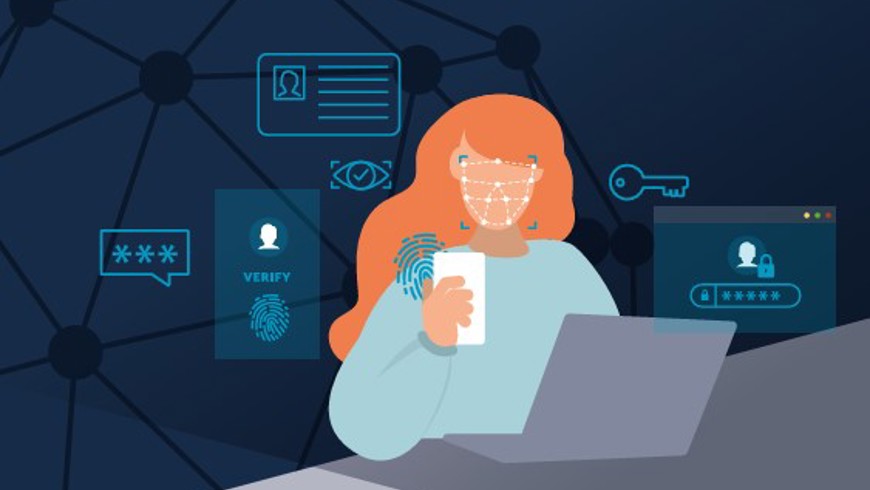
Protect Your Personal Devices with MFA – It’s easier than you think!
In an age where personal information is more vulnerable than ever, protecting your devices and online accounts has become a top priority. One powerful tool in your security toolkit is Multi-Factor Authentication (MFA). This simple yet highly effective safeguard can keep your accounts safe even if your password falls into the wrong hands.
What is MFA?
Imagine this: A hacker gets hold of your password—whether from a data breach or a phishing attack. It’s a nightmare scenario, but here’s the good news. If you’ve enabled MFA, that password alone won’t be enough to get them in. MFA adds an extra layer of protection by requiring a second form of verification, such as a fingerprint, a code sent to your phone, or a trusted app confirmation. Think of it as a second lock on your door—without it, hackers can’t get in.
Why Enable MFA Today?
Prevents Unauthorized Access: Even if your password is stolen, hackers can't access your accounts without the second form of verification. Protects Your Important Accounts: MFA safeguards your email, social media, and banking apps from unauthorized logins. Easy to Set Up: Most services offer MFA setup with just a few taps, so you can start protecting your devices in minutes!
How to Set up MFA?
Getting started with MFA is straightforward. Simply head to the settings of your Gmail, Instagram, or banking app, and look for "Two-Factor Authentication" or "MFA." Follow the prompts, and you’re done! For even greater security, consider using an authentication app like Google Authenticator or Microsoft Authenticator instead of SMS codes.
For a step-by-step guide, you can access the National Cyber Security Centre’s MFA guide here. Enabling MFA on your personal devices takes just a few minutes but can make a world of difference in protecting your online presence. Don’t wait—secure your accounts today!
For additional help, reach out cybertips@hse.ie for guidance.
